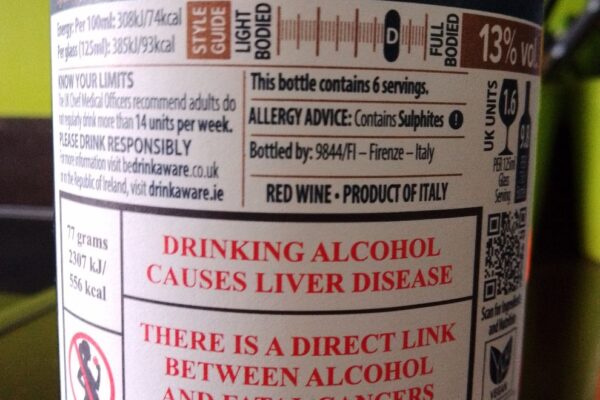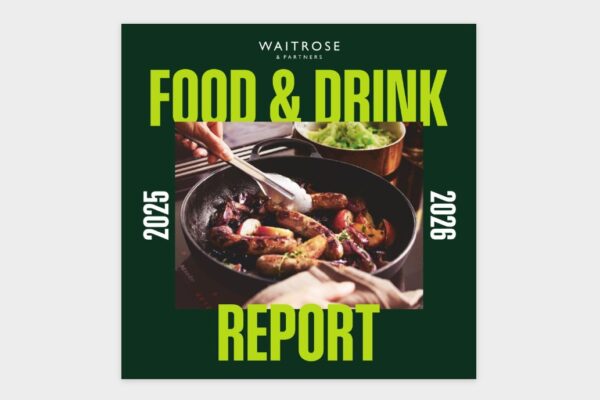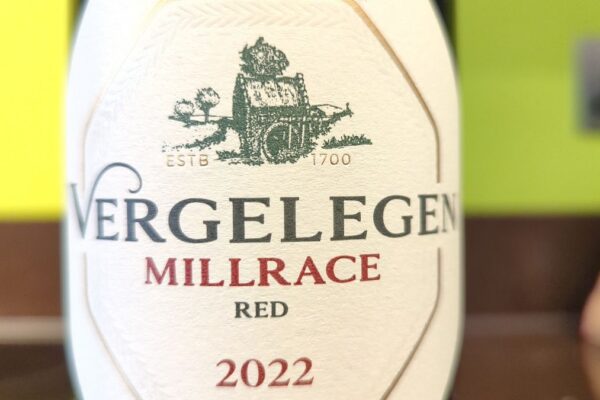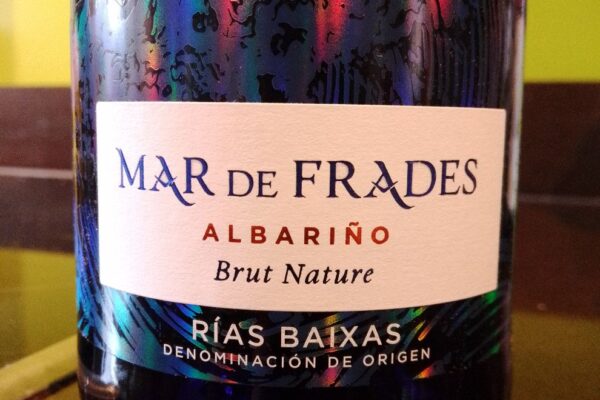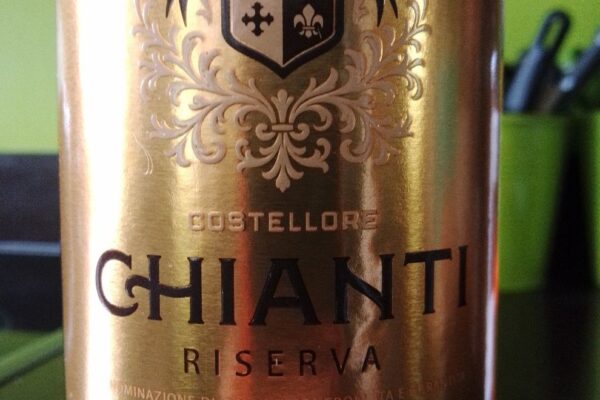
Wine sold in the UK no longer needs to originate from one country because of Brexit, which freed the UK from EU regulations, including those governing wine production and labelling. Under EU law, wines that combine EU and non-EU fruit are prohibited, reflecting a strict adherence to the concept of terroir.
Terroir emphasises the unique environmental factors of a specific region, such as soil and climate, which influence the wine’s character. However, these restrictions no longer apply to the UK, allowing winemakers to experiment with blends from different countries.
The BBC is reporting how French winemaker Maxime Chapoutier has created wines blending French and Australian grapes, something that would be illegal in France or the EU. These wines, named Hemispheres Red and Hemispheres White, are available in the UK through The Wine Society. Hemispheres Red combines Syrah (Shiraz) from Australia with French wine, while Hemispheres White blends Marsanne and Viognier from both countries.
It’s interesting that The Wine Society, an organisation renowned for catering to more serious and discerning wine drinkers, has decided to explore this route with their introduction of international blends. What makes this choice even more notable is the price point, with the red wine being marketed as a ‘fine’ wine at £17.50.
Australian firm Penfolds is also producing “Wines of the World,” blending Australian and Californian or Australian and French grapes, which are now legal for sale in the UK but remain banned in the EU.
The ability to sell these blends in the UK reflects a departure from traditional wine values centred on terroir, instead focusing on accessibility and innovation. Winemakers like Chapoutier argue that such blends can appeal to modern consumers by simplifying the complexities of wine classifications while also offering sustainability benefits, such as shipping wine in bulk rather than transporting glass bottles.
While some purists will criticise these developments, fearing a loss of authenticity and quality, others see them as an opportunity to create interesting new wines. This regulatory shift has positioned the UK as a market for global wine innovations, where traditional boundaries are redefined.
The introduction of wines blended from different countries in the UK could lead to a variety of outcomes for drinkers. Consumers are likely to benefit from increased choice and accessibility, as these new blends offer unique flavour profiles that combine the qualities of grapes from different regions. Some say that for those who find traditional wine classifications confusing, these blends could provide a more straightforward and approachable option.
The availability of such wines might also result in more affordable options. By shipping wine in bulk and blending it locally, costs could be reduced, making wine more accessible to a broader audience. Drinkers may also enjoy exposure to new and interesting flavour combinations, appealing to those who are adventurous or eager to expand their palates.
However, it’s likely that some wines will prioritise mass production over quality, potentially leading to an influx of low-grade blends. These will lack the distinctive character and depth associated with wines tied to a single region’s terroir. Traditionalists and wine connoisseurs will view this shift as a dilution of wine’s cultural and historical significance, feeling that the authenticity of terroir-driven wines is being compromised.





